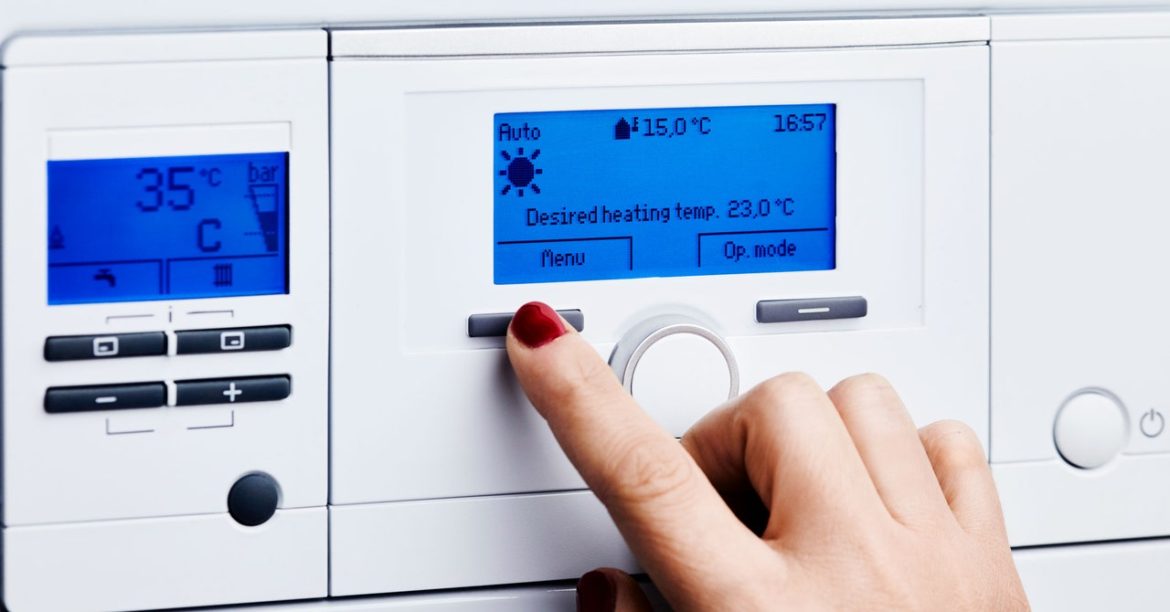Lowering Boiler Flow Temperature Can Save You Money
Smart Heating Solutions for Significant Energy Savings
Many people are surprised to learn that the temperature of their heating system can actually be lower than expected. With modern gas boilers and heat pumps, adopting the concept of “low and slow” can lead to substantial energy savings. By keeping the flow temperature to around 113 to 122 degrees Fahrenheit in a hot water-based heating system, significant energy and cost savings can be achieved. The flow temperature is different from the thermostat temperature, as it determines how warm a room is.
Impact of Home Design and Insulation
The ability to lower the flow temperature will depend largely on the design of the heating system. Low flow temperatures work well with underfloor heating or water-based systems with large radiators, given their expansive surface area for efficient heat transference. The level of insulation in a home also plays a significant role in the temperature requirements, with energy-efficient properties like PassivHaus homes needing minimal active heating.
Saving Money and Reducing Emissions
Setting a gas combi boiler’s flow temperature to 122 degrees or below not only saves money but also helps the boiler run in condensing mode, allowing it to recover heat and use less fuel overall. The UK charity Nesta introduced an online tool to help people reduce their boiler’s flow temperature, with over 214,000 users turning down their boiler flow temperatures, resulting in substantial annual energy bill and carbon emission savings.
The Challenges of Managing Heating Temperatures
Finding a Balance
While the theory of lower temperatures and optimal heating schedules is sound, putting it into practice can be challenging, especially in shared living spaces. Individuals may have varying temperature preferences based on factors such as age and gender, leading to disputes and disagreements over heating settings.
Impacts on Relationships
Research shows that thermostats can become sources of conflict in homes, with disagreements over temperature reflecting larger relationship issues. Smart home systems may also exacerbate these conflicts, revealing problematic behaviors and leading to privacy concerns. Despite the challenge, giving individuals a higher level of heating control, such as through smart thermostats, can help reduce the likelihood of disagreements.
Finding Common Ground
While personal temperature preferences tend to be fixed, it is possible to supplement room heating with warm clothing or low-cost measures to achieve comfort. However, finding a compromise on heating temperatures remains a common challenge in many households, often resulting in ongoing disagreements and compromises.
